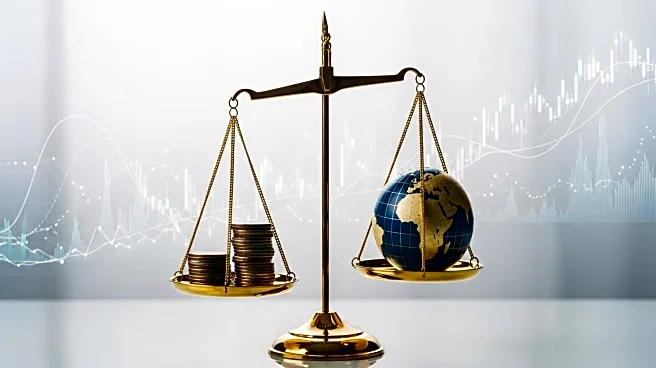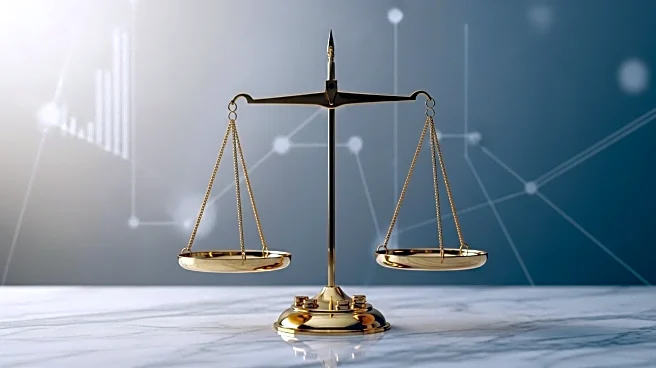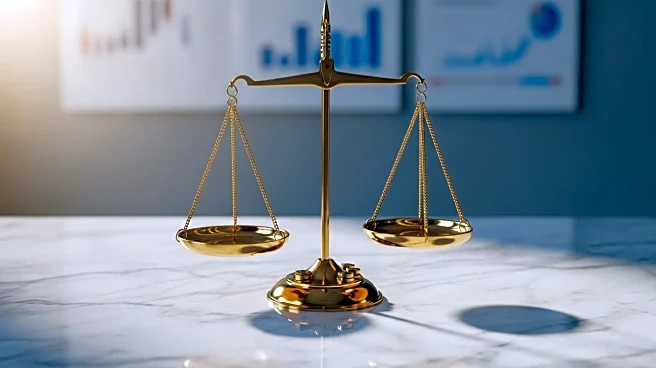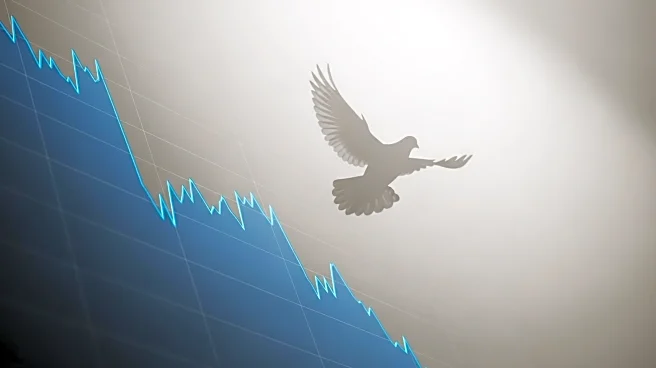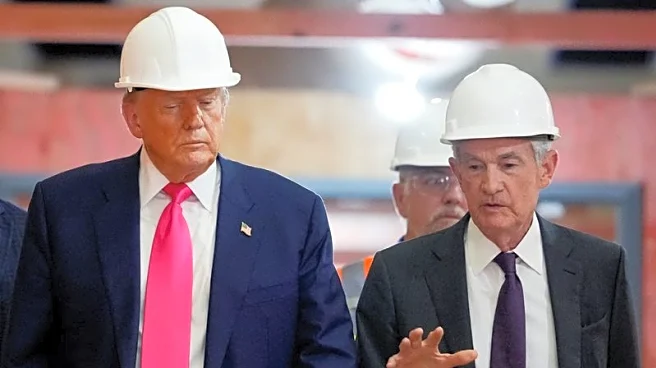Rapid Read • 6 min read
The Federal Reserve is grappling with the dual challenges of tariff-driven inflation and a weakening labor market. The U.S. average effective tariff rate has reached its highest level since 1933, contributing to rising inflation. Core inflation has climbed to 3.1%, while the labor market shows signs of strain, with job creation slowing and consumer confidence declining. The Fed is considering interest rate cuts to stabilize the economy, but the timing and magnitude of such actions remain uncertain.
AD
The Fed's response to these economic challenges will have significant implications for the U.S. economy. Tariff-driven inflation poses a risk to consumer purchasing power, particularly for lower-income households. At the same time, a weakening labor market could hinder economic growth and exacerbate income inequality. The Fed's decisions on interest rates will be closely watched by investors, businesses, and policymakers, as they seek to balance inflationary pressures with the need to support employment and economic stability.
The Fed's next steps will depend on the persistence of tariff-driven inflation and the trajectory of the labor market. A modest rate cut may be implemented in the near term, but further actions will hinge on economic data and inflation expectations. The Fed will need to navigate these challenges carefully to avoid destabilizing the economy while addressing inflation and labor market concerns.
AD
More Stories You Might Enjoy
